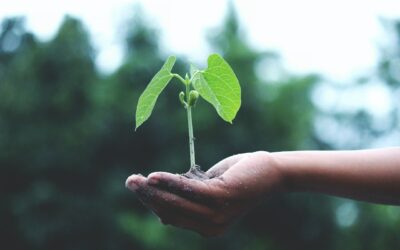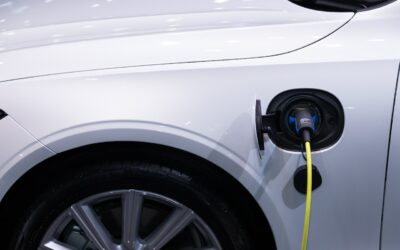This post was originally published on Sustainability Times
Source: Sustainability Times
Photo: Pexels/Quang Nguyen Vinh
As global temperatures continue to rise, so do fears that forests in tropical areas might succumb, especially as many of them are also being degraded by logging and swidden agriculture. In their place savannas might sprout, supporting far less biodiversity.
That is not a certainty, however. In Southeast Asia at least, tropical forests could be more resilient to climate change than widely assumed so long as a diverse landscape is allowed to remain in place.
This is according to research by Rebecca Hamilton, a scientist at the School of Geosciences at the University of Sydney, and her international team of colleagues who analyzed records from 59 paleoenvironmental sites across tropical Southeast Asia.
The experts wanted to see whether a large grassland materialized across the region during the Last Glacial Maximum, which lasted some 10,000 years from 29,000 to 19,000 years ago. This period saw the coverage of ice sheets and glaciers reach its peak on Earth, remaking the planet’s landscape.
Based on pollen grains preserved in lakes and other chemical markers, the scientist have found that tropical forests in Southeast Asi persisted during this period even as grasslands expanded. This, they argue, shows the resilience of these forests in the face of a changing climate.
However, these beleaguered forests cannot weather changes in the climate without our help, which should primarily consist of leaving them alone without further deforestation.
Wanton logging has already wreaked havoc with tropical forests in the region, greatly reducing their extents in recent decades. On the island of Borneo alone 5.9 million hectares of trees were lost between 2004 and 2017 to logging, land-clearing and conversion activities.
In tandem, numerous resident species, including iconic ones like tigers, Asian elephants, orangutans and hornbills, have been pushed closer to the edge of extinction in the wild from Laos to Indonesia and from Myanmar to the Philippines.
“Maintaining forest types that facilitate resilience should be a conservation objective for the region. Our work suggests that prioritizing protection of forests above 1,000 meters (‘montane forests’) alongside seasonally dry forest types could be important for preventing future ‘savannization’ of Asia’s rainforests,” Hamilton stresses.
“We put forward the idea that these seeming discrepancies can be reconciled, if during the cool and seasonal climate of the Last Glacial Maximum, montane forests (above 1,000m) persisted and expanded in high-elevation regions, while lowlands experienced a shift to seasonally dry forests, which have a naturally grassy understory,” the scientist adds.
Sadly, forests at higher altitudes across the region are also being felled at alarming rates. Between 2001 and 2019, other research has found, the average annual forest loss around the tropical region was 3.22 million hectares a year, of which as much as 31% of deforestation took place on mountains.
Over the past decade the average altitude of forest loss has crept up by 150 meters and has moved onto steeper slopes where forests have higher carbon density than on the lowlands, the scientists say.
The post Many Southeast Asian forests could weather climate change if we leave them be appeared first on Sustainability Times.





0 Comments